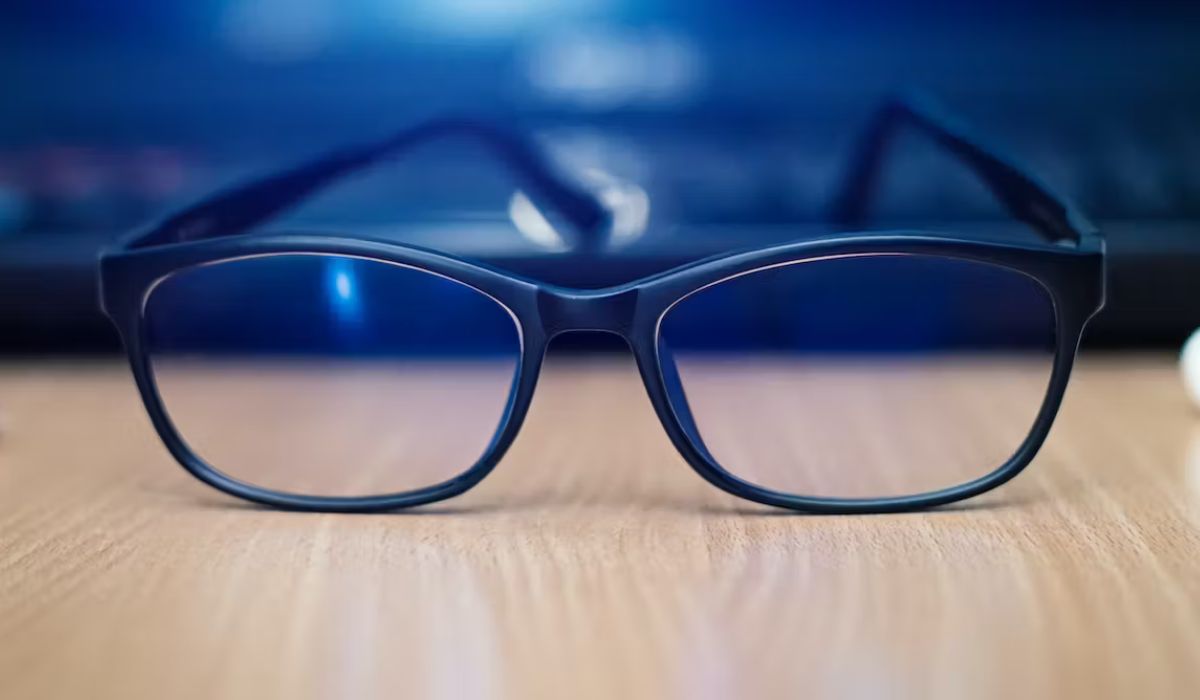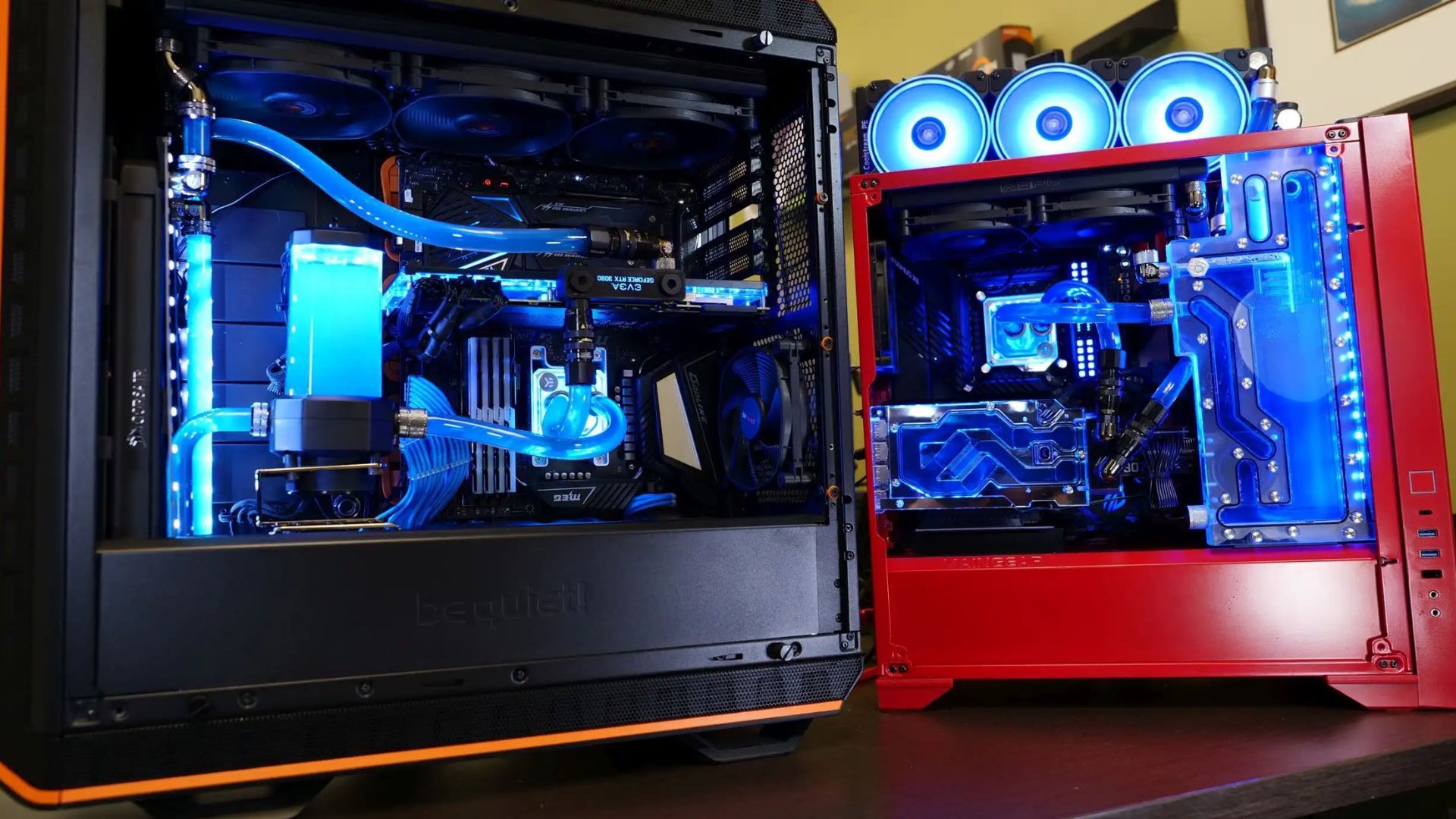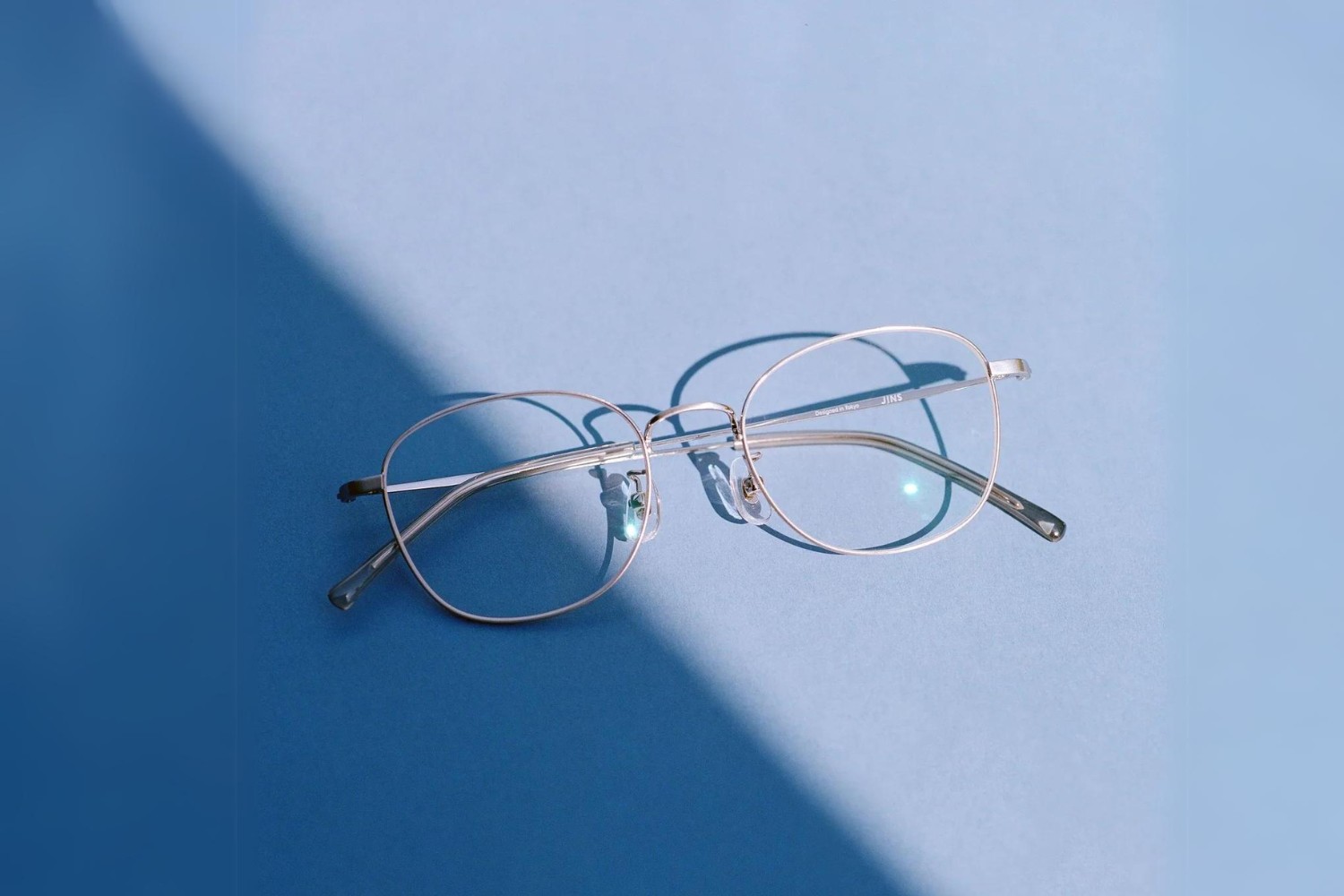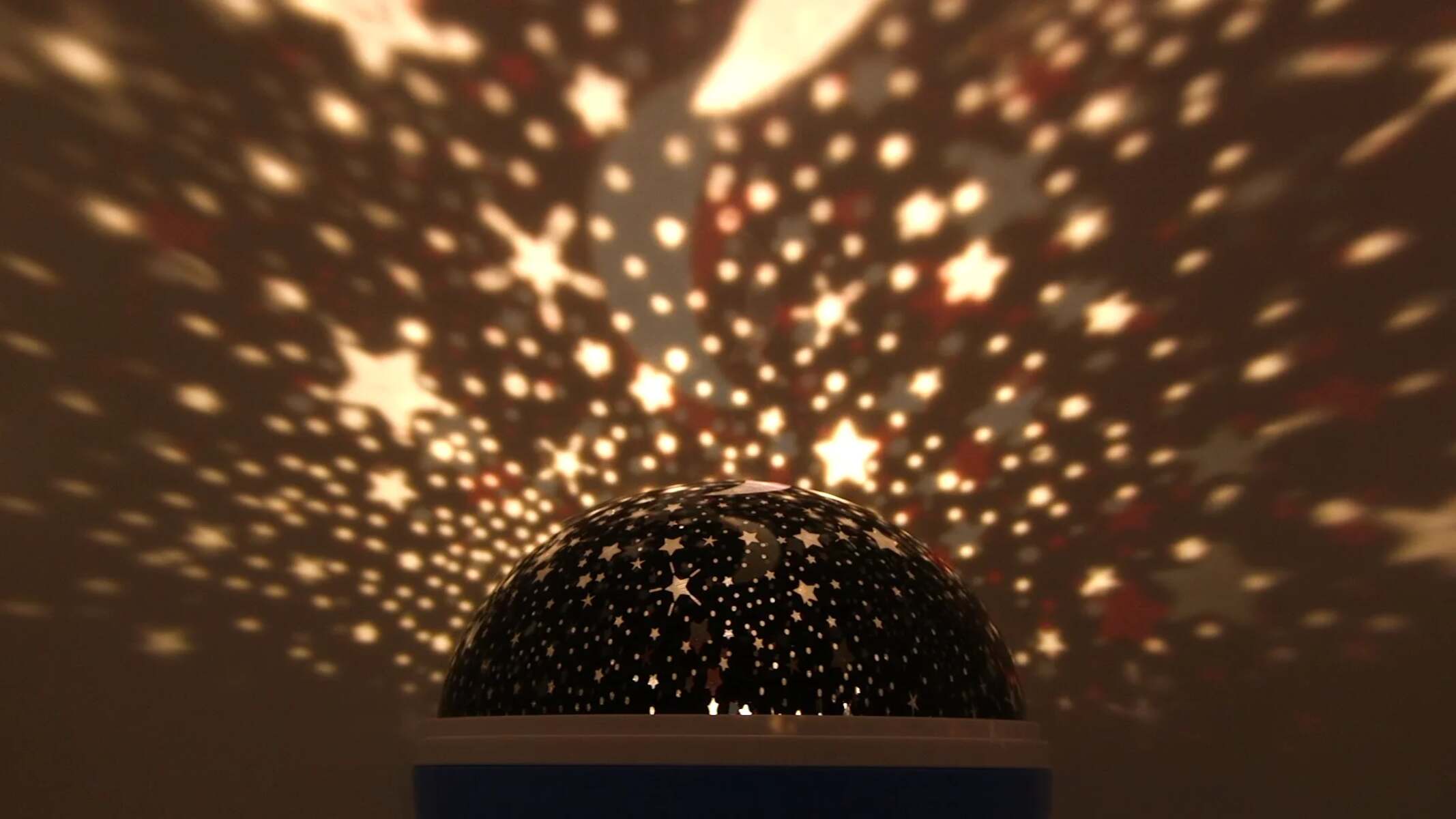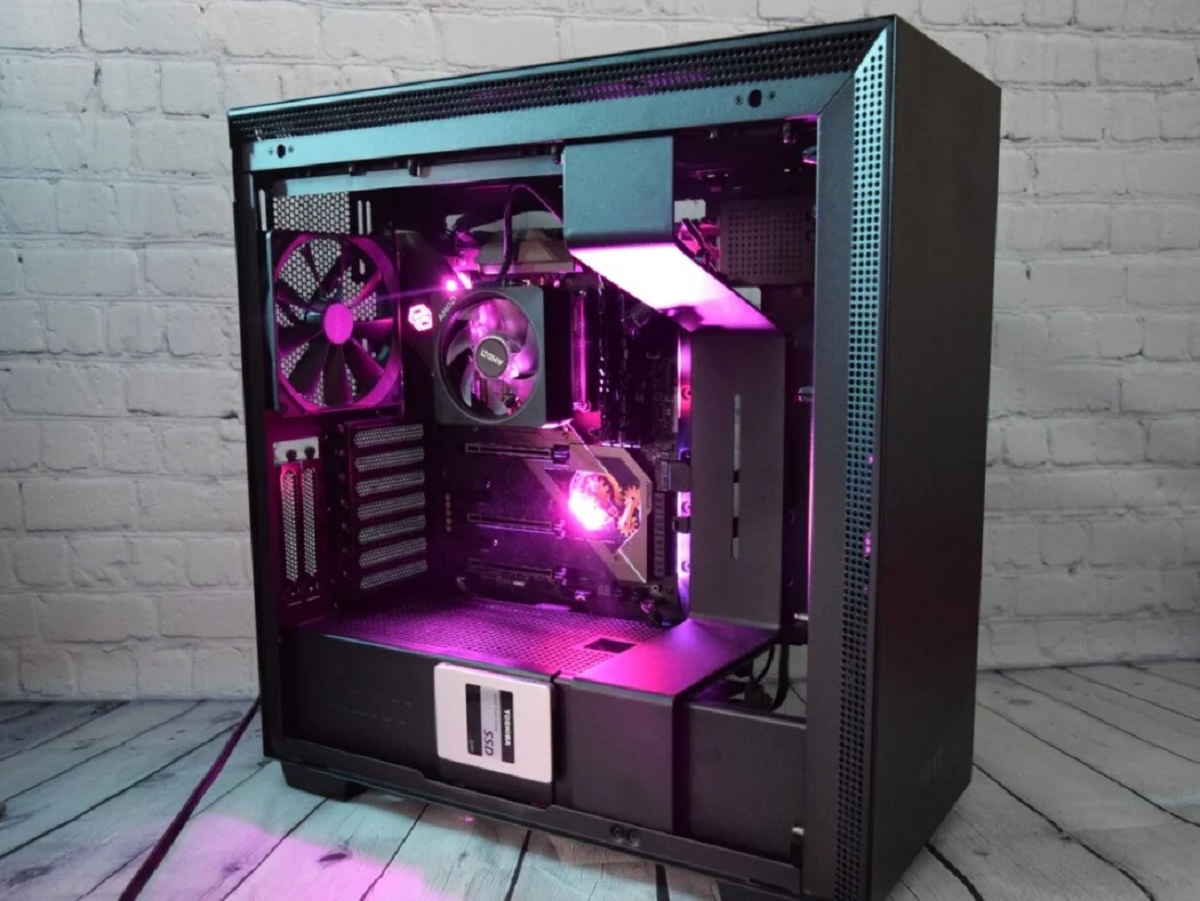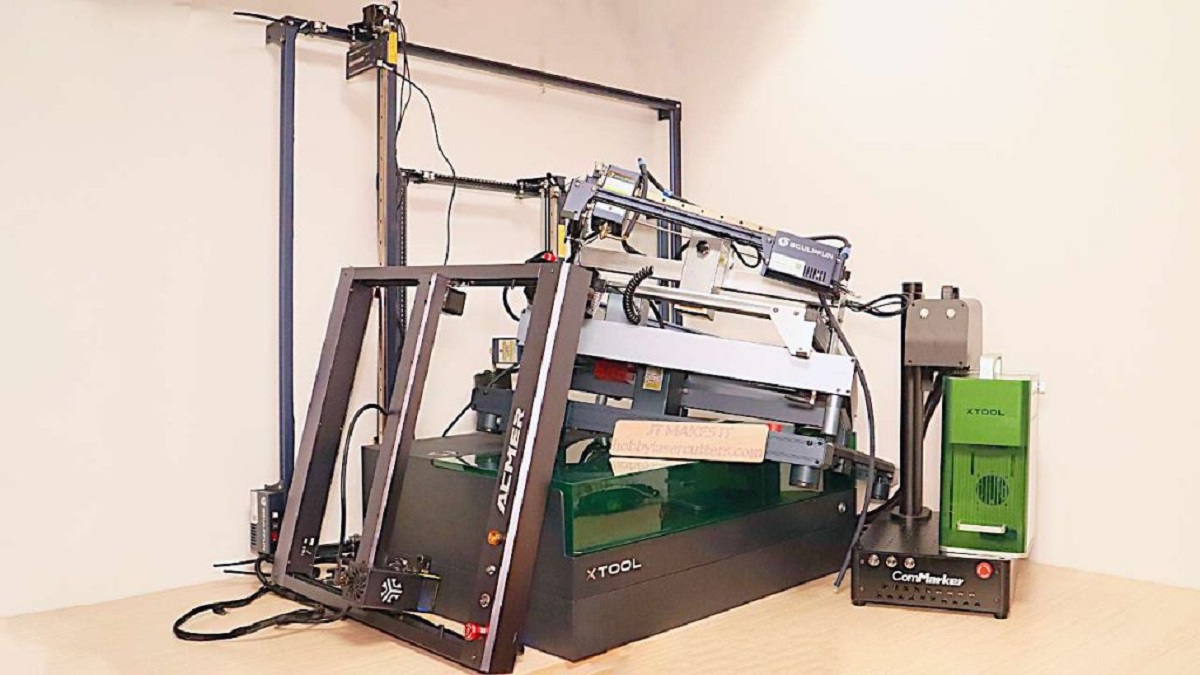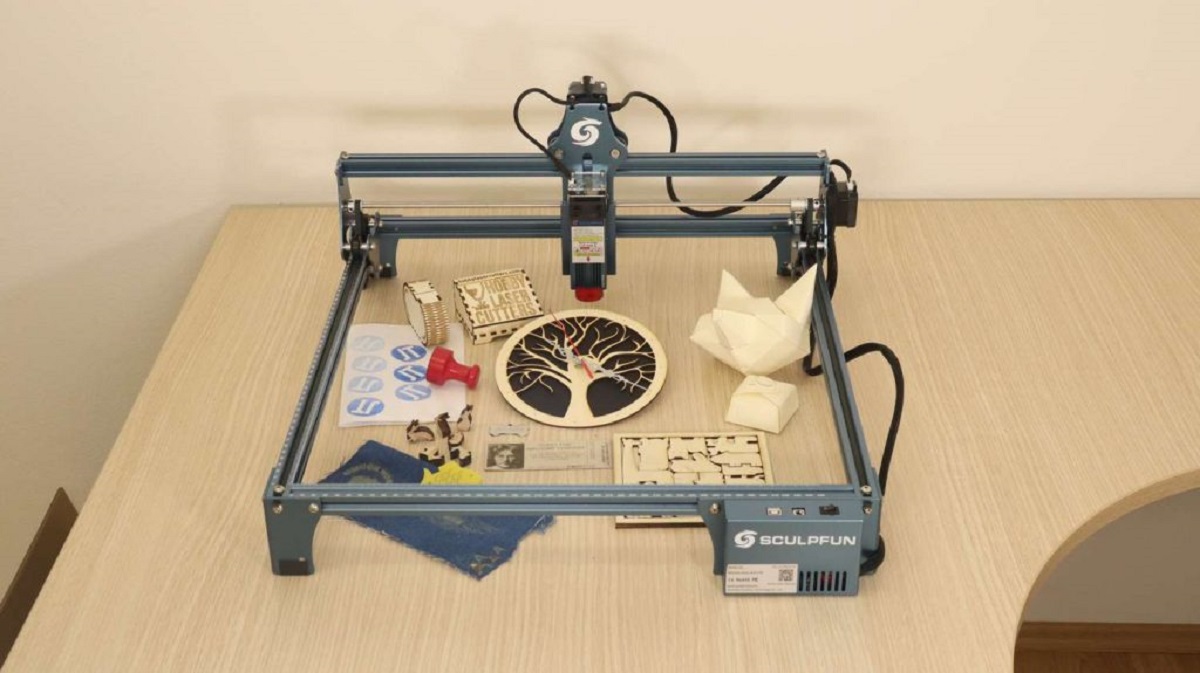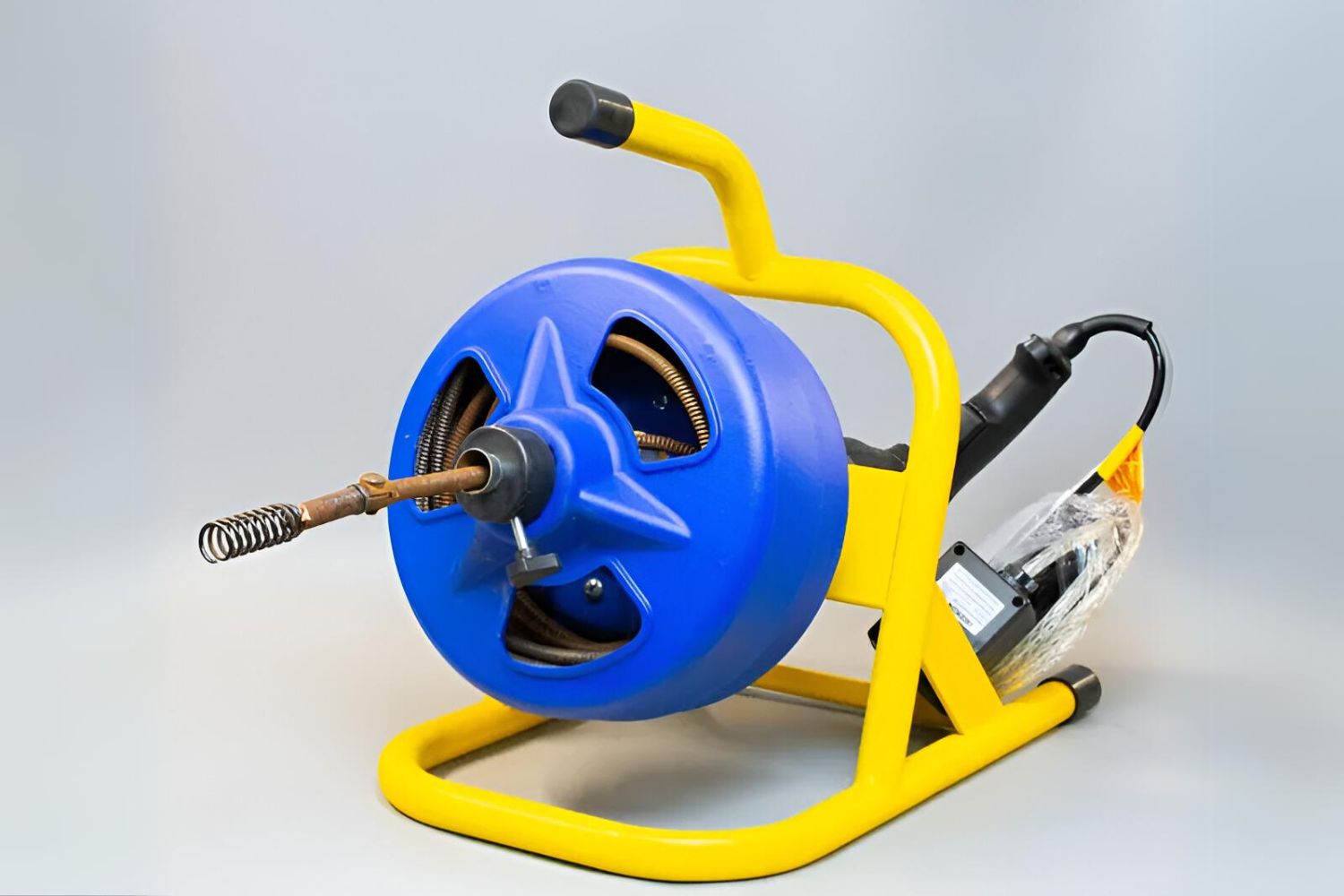Introduction
In today's digital age, where screens are ubiquitous, many of us spend a significant portion of our day in front of electronic devices such as smartphones, tablets, and computers. While these devices have undoubtedly made our lives more convenient and connected, they also expose us to a considerable amount of blue light, which can have adverse effects on our eyes and overall well-being.
As a result, the need to protect our eyes from the potential harm caused by blue light has become increasingly important. One of the most common methods of doing so is by using glasses with blue light blocking capabilities. These specialized glasses are designed to filter out a portion of the blue light emitted by digital screens, thereby reducing eye strain, dryness, and potential long-term damage.
However, not all blue light blocking glasses are created equal, and it's essential to ensure that the pair you're using effectively filters out the harmful blue light. This is where DIY testing methods come into play. By performing simple tests at home, you can gauge the effectiveness of your glasses in blocking blue light, giving you peace of mind and confidence in their protective capabilities.
In this article, we will delve into the world of blue light, its impact on our eyes, and the significance of effective blue light blockage in glasses. Furthermore, we will explore various DIY testing methods that you can employ to assess the efficiency of your blue light blocking glasses. By the end of this article, you will have a comprehensive understanding of blue light protection and the tools to ensure that your eyes are shielded from its potential harm.
Understanding Blue Light and Its Effects on Eyes
Blue light is a high-energy, short-wavelength light that is part of the visible light spectrum. It is emitted by the sun, as well as digital screens, LED lighting, and fluorescent bulbs. While blue light plays a crucial role in regulating our circadian rhythm and boosting alertness during the day, excessive exposure to artificial sources of blue light can have detrimental effects on our eyes and overall health.
When we stare at digital screens for prolonged periods, our eyes are subjected to a significant amount of blue light. Unlike other wavelengths of light, blue light scatters more easily, which can cause glare and reduce contrast, leading to digital eye strain. This can manifest as symptoms such as dry, irritated eyes, blurred vision, and headaches, collectively known as computer vision syndrome.
Furthermore, studies suggest that excessive exposure to blue light, especially in the evening, can disrupt our sleep patterns by suppressing the production of melatonin, the hormone responsible for regulating sleep. This disruption can lead to difficulties falling asleep and result in poor sleep quality, impacting overall health and cognitive function.
Moreover, there is growing concern about the potential long-term effects of blue light exposure on eye health. Research indicates that prolonged exposure to blue light may contribute to the development of age-related macular degeneration (AMD), a leading cause of vision loss. This is due to the cumulative damage caused by blue light to the light-sensitive cells in the retina.
In addition to its impact on eye health, blue light has been linked to potential adverse effects on mood and mental well-being. Some studies have suggested that excessive exposure to blue light may contribute to symptoms of depression and anxiety, further highlighting the multifaceted impact of this pervasive light on our overall health.
Understanding the potential effects of blue light on our eyes and well-being underscores the importance of taking proactive measures to mitigate its impact. This includes utilizing blue light blocking glasses and implementing strategies to reduce overall screen time, especially in the evening. By being mindful of our exposure to blue light and taking steps to protect our eyes, we can strive to maintain healthy vision and well-being in the digital age.
Importance of Blue Light Blockage in Glasses
The significance of effective blue light blockage in glasses cannot be overstated, especially in today's digital landscape where screen time has become an integral part of daily life. Blue light blocking glasses play a crucial role in safeguarding our eyes from the potential harm caused by prolonged exposure to digital screens and artificial lighting. By filtering out a portion of the high-energy blue light, these specialized glasses help alleviate digital eye strain, reduce the risk of long-term eye damage, and contribute to overall visual comfort and well-being.
One of the primary reasons for the importance of blue light blockage in glasses is the prevalence of digital devices in our daily routines. Whether it's for work, entertainment, or communication, many individuals spend extended periods in front of screens, exposing their eyes to a significant amount of blue light. This continuous exposure can lead to symptoms of digital eye strain, including dry eyes, blurred vision, and headaches, impacting productivity and overall comfort.
Furthermore, the potential long-term effects of blue light exposure on eye health cannot be ignored. Research suggests that cumulative exposure to blue light may contribute to the development of age-related macular degeneration (AMD), a progressive eye condition that can lead to vision loss. By wearing glasses with effective blue light blockage, individuals can mitigate the risk of such long-term eye damage, providing a proactive approach to preserving their visual health.
In addition to the direct impact on eye health, the significance of blue light blockage in glasses extends to its potential effects on sleep and overall well-being. As mentioned earlier, blue light exposure, particularly in the evening, can disrupt the body's natural sleep-wake cycle by suppressing the production of melatonin. By wearing blue light blocking glasses, individuals can minimize the disruptive effects of artificial blue light on their circadian rhythm, promoting better sleep quality and overall health.
Moreover, the use of blue light blocking glasses aligns with a proactive approach to eye care in the digital age. By investing in glasses that effectively filter out blue light, individuals demonstrate a commitment to preserving their visual comfort and long-term eye health. This proactive stance is particularly relevant in professional settings where prolonged screen time is unavoidable, emphasizing the importance of incorporating blue light protection into everyday eyewear.
In essence, the importance of blue light blockage in glasses lies in its multifaceted benefits, encompassing visual comfort, eye health preservation, and overall well-being. By recognizing the significance of effective blue light protection and incorporating it into our daily routines, we can strive to maintain healthy vision and mitigate the potential adverse effects of digital screen exposure, contributing to a balanced and sustainable approach to digital device usage.
DIY Testing Methods for Blue Light Blockage
When it comes to ensuring the effectiveness of blue light blocking glasses, DIY testing methods provide a practical and accessible way to gauge their performance in filtering out harmful blue light. These methods enable individuals to assess the level of blue light blockage offered by their glasses, empowering them to make informed decisions about their eye protection. Here are some DIY testing methods that can be easily conducted at home:
1. Digital Screen Reflection Test
This simple yet insightful test involves positioning your blue light blocking glasses in front of a digital screen, such as a smartphone or computer monitor. By angling the glasses and observing the reflection of the screen, you can assess the presence of a noticeable yellow or amber tint. Blue light blocking glasses are designed to exhibit a subtle tint due to the specific wavelengths of blue light they filter out. If the glasses effectively block blue light, you should observe a distinct reduction in the intensity of blue light reflecting off the lenses, indicating their ability to filter out the harmful wavelengths.
2. Blue Light Test Kit
Utilizing a blue light test kit designed for assessing the efficacy of blue light blocking glasses can provide a quantitative measure of their performance. These kits typically include a blue light source and a card or material that reacts to the presence of blue light. By shining the blue light source through the glasses onto the test material, you can observe the degree of blue light transmission. An effective pair of blue light blocking glasses should demonstrate a significant reduction in the amount of blue light passing through, as indicated by minimal to no reaction on the test material.
3. Eye Strain Assessment
While not a direct measurement of blue light blockage, assessing the reduction in eye strain when using blue light blocking glasses can serve as an indicative test of their effectiveness. By wearing the glasses during extended periods of screen time and noting any alleviation of symptoms such as eye fatigue, dryness, or headaches, individuals can gauge the impact of the glasses on reducing the strain caused by blue light exposure. This subjective assessment, although qualitative, provides valuable feedback on the practical benefits of the glasses in enhancing visual comfort and reducing digital eye strain.
By employing these DIY testing methods, individuals can gain valuable insights into the performance of their blue light blocking glasses, empowering them to make informed decisions about their eye protection. These tests offer a practical and accessible means of ensuring that the glasses effectively filter out harmful blue light, contributing to enhanced visual comfort and long-term eye health in the digital age.
Conclusion
In conclusion, the prevalence of digital screens in our daily lives has underscored the importance of protecting our eyes from the potential harm caused by blue light exposure. Blue light blocking glasses have emerged as a practical solution to mitigate the adverse effects of prolonged screen time, offering a proactive approach to preserving visual comfort and long-term eye health. Throughout this article, we have delved into the multifaceted impact of blue light on our eyes and overall well-being, emphasizing the significance of effective blue light blockage in glasses.
The understanding of blue light and its effects on our eyes has illuminated the need for proactive measures to counteract its potential harm. From digital eye strain and disrupted sleep patterns to the risk of age-related macular degeneration, the impact of blue light exposure on eye health is substantial. By recognizing the role of blue light blocking glasses in mitigating these effects, individuals can take proactive steps to safeguard their visual comfort and well-being in the digital age.
Moreover, the importance of blue light blockage in glasses extends beyond individual comfort to encompass broader implications for eye health and overall quality of life. By investing in glasses that effectively filter out blue light, individuals demonstrate a commitment to preserving their visual well-being and mitigating the potential long-term effects of digital screen exposure. This proactive stance aligns with a holistic approach to eye care, emphasizing the proactive role of blue light blocking glasses in maintaining healthy vision amidst pervasive digital device usage.
Furthermore, the DIY testing methods outlined in this article serve as valuable tools for individuals to assess the effectiveness of their blue light blocking glasses. From simple reflection tests to quantitative measurements using blue light test kits, these methods empower individuals to gauge the performance of their glasses in filtering out harmful blue light. By incorporating these DIY tests into their eye care routine, individuals can gain confidence in the protective capabilities of their glasses, contributing to a sense of reassurance and informed decision-making.
In essence, the significance of effective blue light blockage in glasses lies in its potential to enhance visual comfort, preserve long-term eye health, and promote overall well-being in the digital age. By understanding the impact of blue light, recognizing the importance of blue light blocking glasses, and utilizing DIY testing methods to assess their performance, individuals can proactively safeguard their eyes from the pervasive effects of blue light exposure, contributing to a balanced and sustainable approach to digital device usage.









